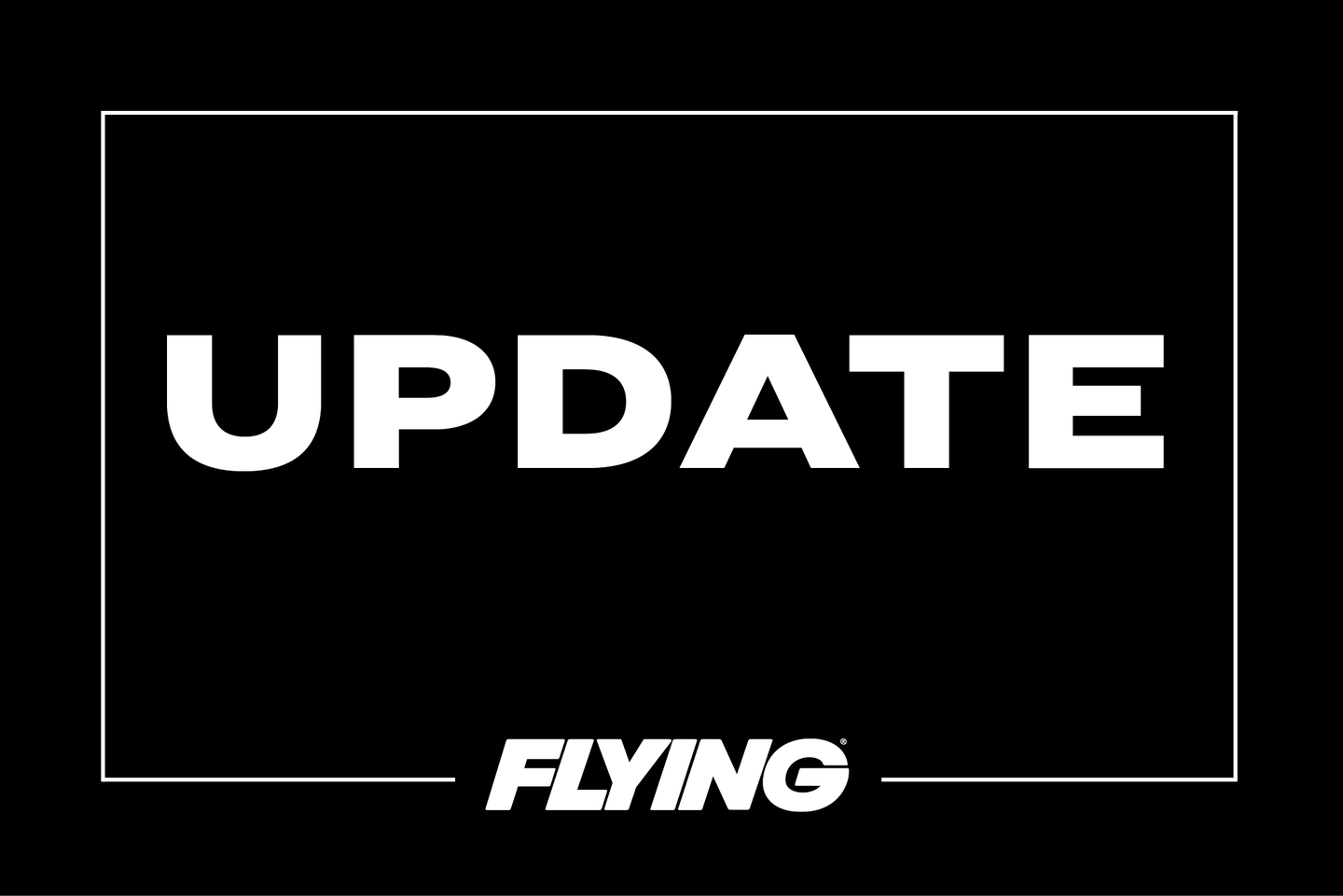Authorities Investigating Fatal Learjet Accident in San Diego County
A Learjet 35 came down in a neighborhood near Gillespie Field (KSEE) in El Cajon; all four on board were killed.

Federal officials are investigating the accident involving a Learjet 35 that came down in a neighborhood near Gillespie Field (KSEE) in El Cajon, California, on the evening of December 27.
The four people on board the aircraft, reported to be two pilots and two flight nurses, were killed. There were no reported injuries of persons on the ground.
The aircraft, identified as N880Z, was operated by Med Jet, LLC, a medical transport company. The accident happened at the end of an 18-minute flight from John Wayne Airport (KSNA) in Santa Ana, California to KSEE.
According to the National Transportation Safety Board, the Lear 35 was on an IFR flight plan and had been cleared for the GPS approach to Runway 17 at KSEE.
The Learjet 35A was equipped with a cockpit voice recorder; it was not equipped with a flight data recorder.
— NTSB_Newsroom (@NTSB_Newsroom) December 28, 2021
According to air traffic control recordings of communications between the pilot and the tower at KSEE, the pilot was approaching from the north, and he had been cleared for the approach to 17. Runway 17 measures 4,145 feet by 100 feet with a displaced threshold of 450 feet. The runway is equipped with a VASI. The approach plate for runway 17 indicates that circle to land approaches are not authorized at night. The lowest minima for the GPS 17 approach show an LP MDA of 1,360 feet and a required visibility of 1 and 1/4 miles.
The weather at the time of the accident was reported as VFR with light winds and localized rain with a ceiling of 2,000 feet. However, a local public safety official who responded to the accident reported significant rain in the area.
The pilot asked the controller to cancel his IFR clearance and stated that he wanted to switch to Runway 27R for landing. Runway 27R measures 5,342 feet in length. In order to reach 27R, the pilot would have had to initiate a circle-to-land approach. According to the published approach plate, the circling minima for the approach are 1,440 feet and 1 and 1/4 miles. The approach plate notes rising terrain east of the airport.
The pilot asked the tower controller to increase the intensity of the airport lights. The controller replied that the lights were already set to the maximum level. The pilot's IFR clearance was cancelled and he was given permission to switch to Runway 27R for landing.
The tower controller instructed the pilot to cross over the airport and then enter a left downwind for 27R.
Approximately 75 seconds later, the pilot can be heard shouting obscenities. As the aircraft turned from base leg to final, it experienced an abrupt loss of altitude.
A preliminary report detailing the circumstances of the accident is expected to be published on the NTSB website in several weeks. The final accident report, including the probable cause and any contributing factors, is expected to be completed in 12 to 24 months.
— NTSB_Newsroom (@NTSB_Newsroom) December 28, 2021
The jet came down in a subdivision approximately 1.4 miles from the approach end of the runway.
The aircraft collided with several power lines, knocking out electricity to the neighborhood. The impact resulted in a fire which destroyed at least one car, but no homes.
Video from the scene shows the aircraft wreckage heavily fragmented, covering about 200 feet of pavement. Firefighters reported it was raining heavily when they arrived on scene.
According to data published on FlightAware, N880Z began the day with a 30-minute afternoon flight from KSEE to Lake Havasu City Airport (KHII) in Arizona. This was followed by a flight later in the day to KSNA, and finally the flight to KSEE.
The NTSB will release a probable cause report at the end of the investigation, which can take a year or more to complete.

Sign-up for newsletters & special offers!
Get the latest FLYING stories & special offers delivered directly to your inbox






